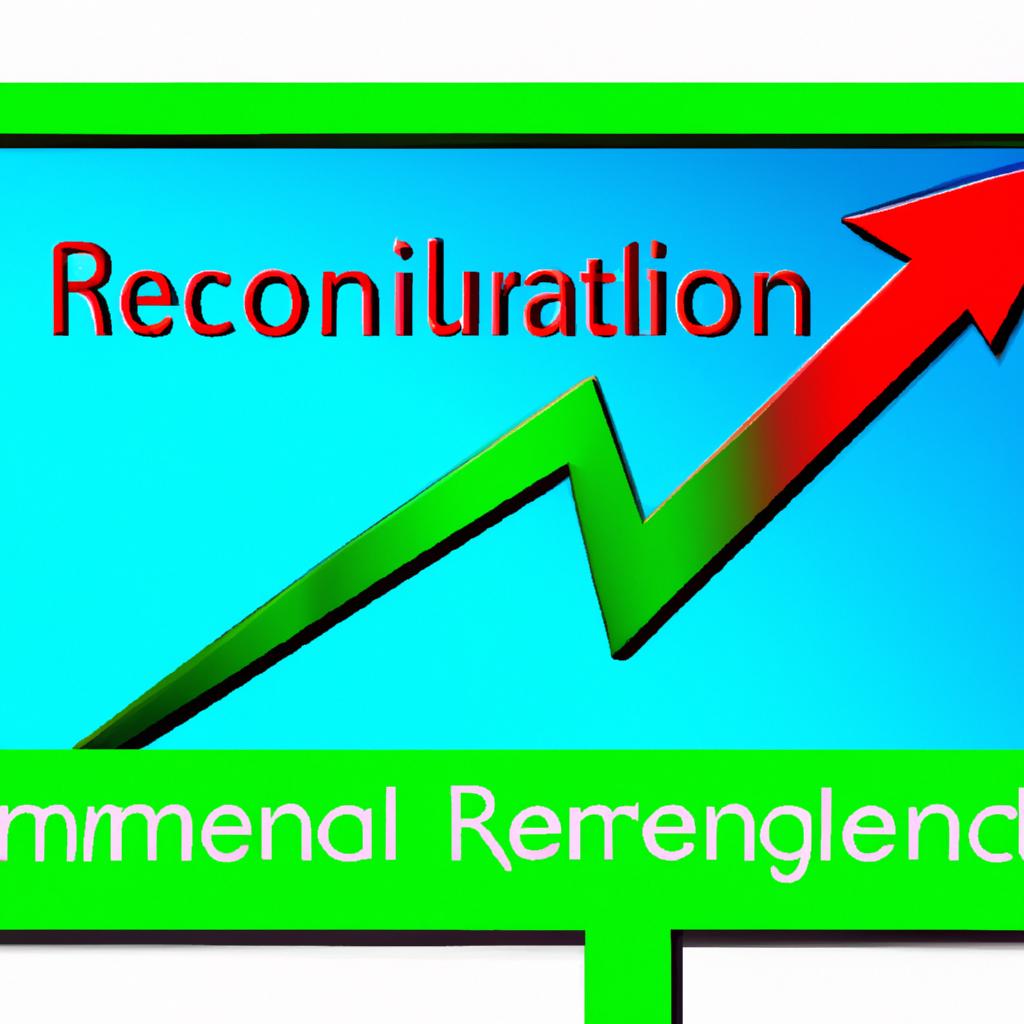In the realm of demographics and societal analysis, the metric of “children per capita” holds a unique significance in unraveling the fabric of our communities. As seasoned legal practitioners at Morgan Legal Group in the heart of New York City, we understand the intricacies of this vital statistic and its implications on various aspects of estate planning, probate, elder law, Wills, and trusts. Join us as we delve into the complexities of this essential measure and its impact on the intricate web of family dynamics and legal considerations.
Understanding the Concept of Children Per Capita in Demographics
Children per capita is a key concept in demographics that refers to the number of children in a population divided by the total population. This metric provides valuable insights into the distribution of children within a given area and helps policymakers make informed decisions regarding resource allocation, education planning, and social services.
<p>Understanding children per capita involves analyzing various factors such as birth rates, mortality rates, and migration patterns. By calculating this ratio, demographers can determine the proportion of children in a population and track changes over time. This data is crucial for predicting future trends and designing effective policies to support the well-being of children in society.</p>
Key Factors Influencing the Number of Children per Capita in a Population
Factors influencing the number of children per capita in a population are complex and multifaceted. One key factor is socio-economic status, as families with higher income levels tend to have fewer children due to the cost of raising a child. Cultural norms and values also play a significant role, as some societies place a high value on large families, while others prioritize career advancement and personal fulfillment. Education levels are another important factor, with higher levels of education often correlating with lower fertility rates. Additionally, access to family planning resources and healthcare services can impact the number of children per capita in a population.
Environmental factors such as access to clean water, sanitation, and healthcare can also influence fertility rates. In regions where these basic necessities are lacking, women may have more children as a form of social security. Political stability and government policies can also impact family size, with policies such as child allowances or parental leave affecting the decision to have children. Ultimately, the number of children per capita in a population is the result of a complex interplay of social, economic, cultural, and environmental factors that vary widely across different regions and societies. It is important for policymakers and researchers to consider these factors when designing programs and policies aimed at addressing population growth and promoting sustainable development.
Recommendations for Balancing Economic Growth and Fertility Rates
When considering , it is essential to prioritize policies that promote both financial stability and family planning. One approach is to implement tax incentives for families that choose to have more children, as this can help boost fertility rates while also supporting economic growth by increasing the future workforce. Additionally, investing in affordable childcare options and parental leave policies can help alleviate the financial burden on families, allowing them to have more children without sacrificing career opportunities.
Furthermore, education plays a crucial role in shaping fertility rates and economic growth. By promoting comprehensive sex education and providing resources for family planning, individuals can make informed decisions about their reproductive health, leading to more sustainable population growth. Additionally, investing in higher education and vocational training can help improve economic opportunities for individuals, ultimately contributing to long-term economic growth. By combining targeted policies that address both fertility rates and economic development, societies can achieve a harmonious balance that benefits both current and future generations.

The Role of Government Policies in Shaping Children per Capita Trends
In analyzing children per capita trends, it is imperative to consider the significant role that government policies play in shaping these statistics. Government policies, such as education funding, healthcare access, and social welfare programs, directly impact the well-being of children within a society. When governments prioritize investments in these areas, children are more likely to thrive and succeed, leading to higher children per capita rates.
Furthermore, government policies can also influence demographic trends, such as birth rates and family planning initiatives. For example, policies that support working parents through paid parental leave and affordable childcare options can encourage families to have more children, ultimately increasing the children per capita rate. On the other hand, policies that restrict access to reproductive healthcare may lead to a decline in birth rates and a decrease in children per capita statistics.
Q&A
Q: What does “children per capita” refer to?
A: “Children per capita” refers to the average number of children per individual in a given population.
Q: How is the children per capita calculated?
A: The children per capita is calculated by dividing the total number of children in a population by the total population size.
Q: Why is the children per capita important?
A: The children per capita is important as it provides insights into the demographic composition of a population and can have implications for social policies and planning.
Q: How does the children per capita vary across different countries?
A: The children per capita varies across different countries due to factors such as cultural norms, fertility rates, and socioeconomic conditions.
Q: What are the potential implications of a high children per capita?
A: A high children per capita may indicate a younger population, which can pose challenges in terms of providing education, healthcare, and other social services.
Q: How can governments use data on children per capita to inform policy decisions?
A: Governments can use data on children per capita to tailor policies related to healthcare, education, family planning, and social welfare to meet the needs of their population.
Q: Are there any trends in children per capita that have been observed over time?
A: Yes, there have been trends in children per capita over time, with some countries experiencing a decline in fertility rates and an aging population, while others have seen an increase in birth rates.
Q: How can individuals contribute to addressing issues related to children per capita?
A: Individuals can contribute by supporting policies that promote access to quality education, healthcare, and family planning services, as well as by creating environments that are conducive to raising healthy and happy children.
To Wrap It Up
In conclusion, examining the number of children per capita offers valuable insights into the composition and dynamics of a population. By understanding this metric, policymakers, researchers, and society as a whole can better address the unique needs and challenges faced by children in different regions. As we continue to delve into the intricacies of child demographics, may we strive to create a world that prioritizes the well-being and future of our youngest generation. Thank you for joining us on this exploration of children per capita.

